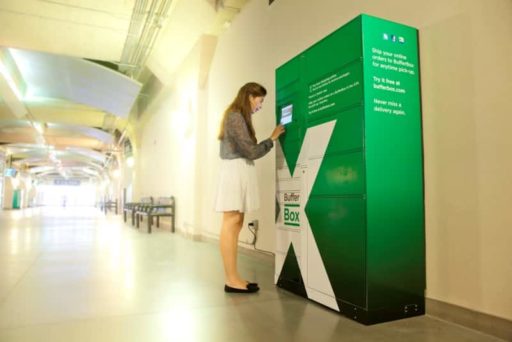Intel Labs decide to open two new Intel Science and Technology Centers (ISTC) hosted at Carnegie Mellon University focused on cloud and embedded computing research. The ISTC forms a new cloud computing research community that broadens Intel’s “Cloud 2015” vision. With the new ideas from top academic researchers, and includes research that extends and improves on Intel’s existing cloud computing initiatives. For embedded computing forms a new collaborative community to drive research to transform experiences in the home, car and retail environment of the future. Checkout more details in the press release bellow.
Press Release
Intel Labs Invests $30M in the Future of Cloud and Embedded Computing with the Opening of Latest Intel Science and Technology Centers
Posted by Connie Brown on Aug 3, 2011 8:38:09NEWS HIGHLIGHTS
Intel Labs announces two new Intel Science and Technology Centers (ISTC) hosted at Carnegie Mellon University focused on cloud and embedded computing research.
Intel to invest $30M in the new centers over five years, part of its larger $100M program designed to increase university research and accelerate innovation.
Intel invites academic researchers to submit their ideas to become a funded ISTC in 2012.SANTA CLARA, Calif., August 3, 2011 – Aimed at shaping the future of cloud computing and how increasing numbers of everyday devices will add computing capabilities, Intel Labs announced the latest Intel Science and Technology Centers (ISTC) both headquartered at Carnegie Mellon University.
These centers represent the next $30 million installment of Intel’s recently announced 5-year, $100 million ISTC program to increase university research and accelerate innovation in a handful of key areas. As with previously announced ISTCs for visual computing and secure computing, the new centers encourage tighter collaboration between university thought leaders and Intel. To encourage further collaboration, the ISTCs use open IP models with results publically available through technical publications and open-source software releases.
“These new ISTCs are expected to open amazing possibilities,” said Justin Rattner, Intel Chief Technology Officer. “Imagine, for example, future cars equipped with embedded sensors and microprocessors to constantly collect and analyze traffic and weather data. That information could be shared and analyzed in the cloud so that drivers could be provided with suggestions for quicker and safer routes.”
Cloud Computing Research
The ISTC forms a new cloud computing research community that broadens Intel’s “Cloud 2015” vision with new ideas from top academic researchers, and includes research that extends and improves on Intel’s existing cloud computing initiatives. The center combines top researchers from Carnegie Mellon University, Georgia Institute of Technology, University of California Berkeley, Princeton University, and Intel. The researchers will explore technology that will have has important future implications for the cloud, including built-in application optimization, more efficient and effective support of big data analytics on massive amounts of online data, and making the cloud more distributed and localized by extending cloud capabilities to the network edge and even to client devices.In the future, these capabilities could enable a digital personal handler via a device wired into your glasses that sees what you see, to constantly pull data from the cloud and whisper information to you during the day — telling you who people are, where to buy an item you just saw, or how to adjust your plans when something new comes up.
ISTC for Embedded Computing
Tapping into the expertise of leading researchers from Carnegie Mellon University, Cornell University, University of Illinois at Urbana Champaign, University of Pennsylvania, Pennsylvania State University, Georgia Institute of Technology, the University of California at Berkeley and Intel, the ISTC for embedded computing forms a new collaborative community to drive research to transform experiences in the home, car and retail environment of the future. With the growing popularity of mobile real-time and personalized technology, there is a corresponding rise in demand for specialized embedded computing systems to support a broad range of new applications – including many not yet envisioned.A key area of research is to make it easier for these everyday devices to continuously collect, analyze and act on useful data from both sensors and online databases in a way that is timely, scalable and reliable. For example, in cars, this data could be used to customize in-vehicle entertainment options when specific passengers are recognized, and provide them better routing, retail, dining, and entertainment recommendations while on-the-road.
Intel Opens Submission Process for Future ISTCs
Starting today, Intel expands the ISTC program into a new phase by openly inviting researchers from across the U.S. academic community to submit information to be considered in the process to define additional ISTCs. Principal investigators may submit a two page abstract outlining a potential topic and research scope for consideration by Intel Labs. Through this process, Intel expects to award at least one center before the end of 2011 and subsequently launch in 2012. For complete submission information and instructions, please see intel.com/go/istc.
Source
[ttjad keyword=”general”]



